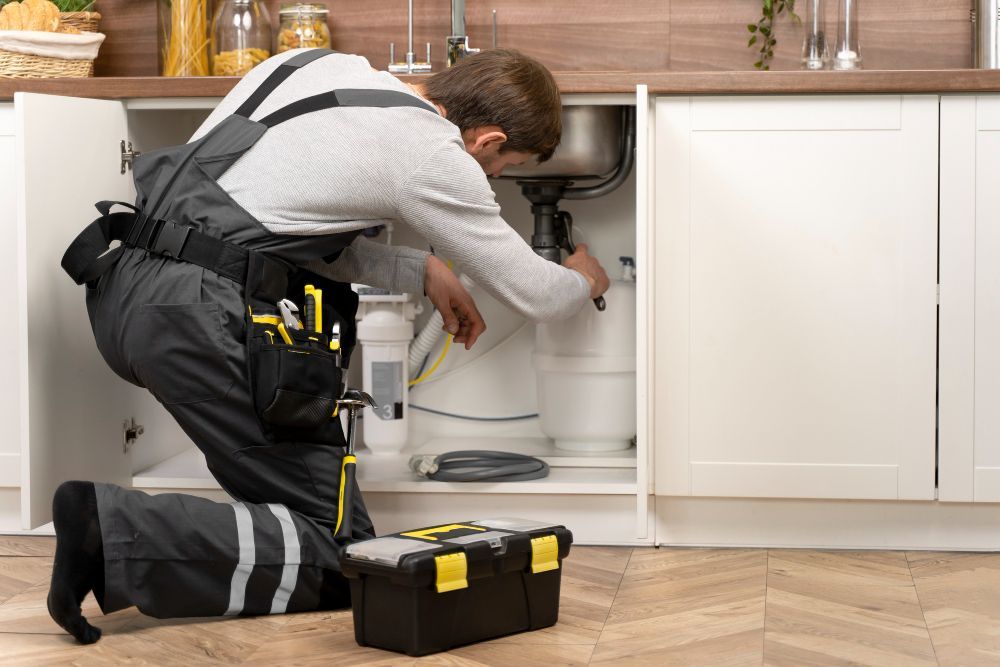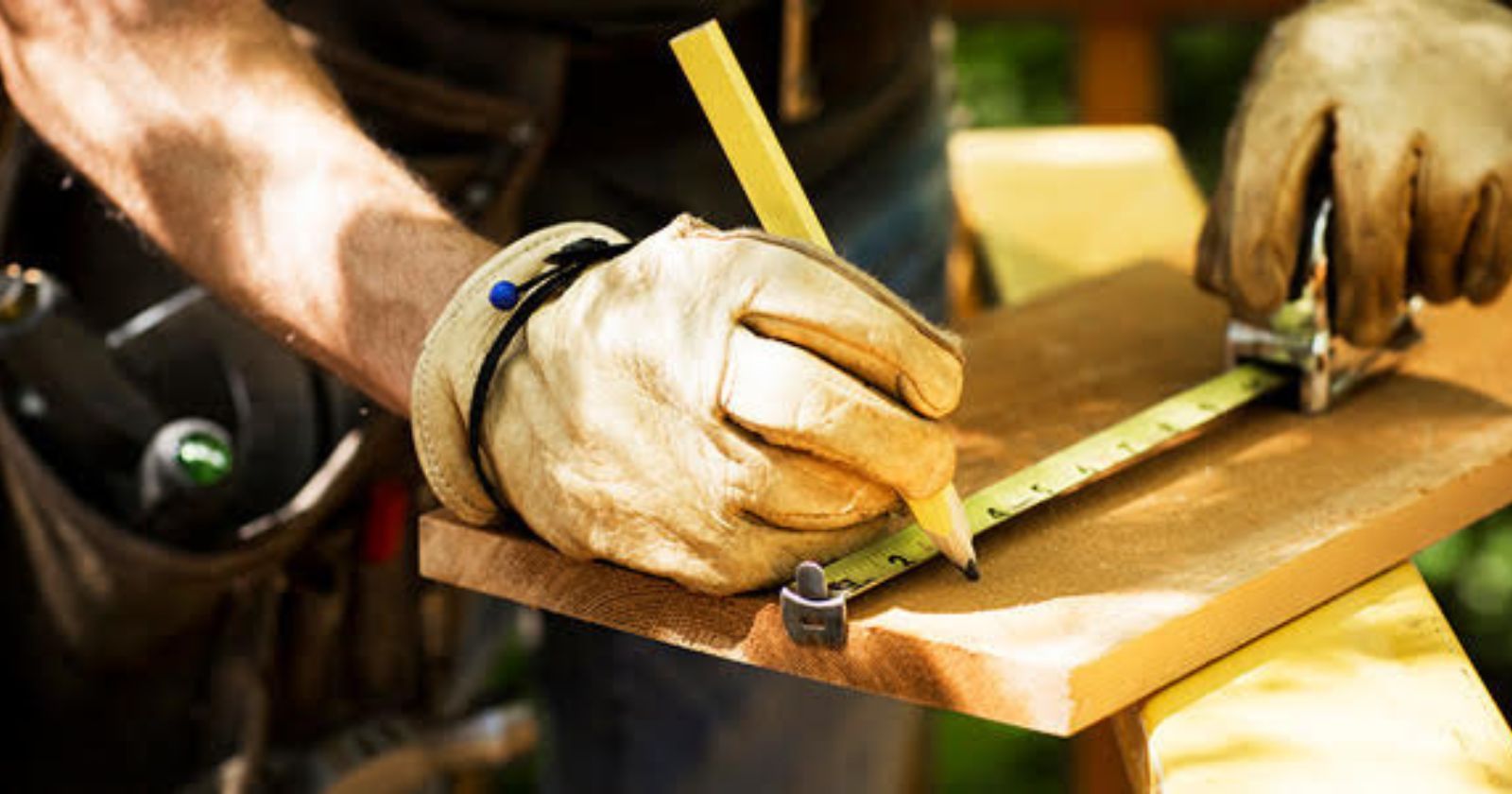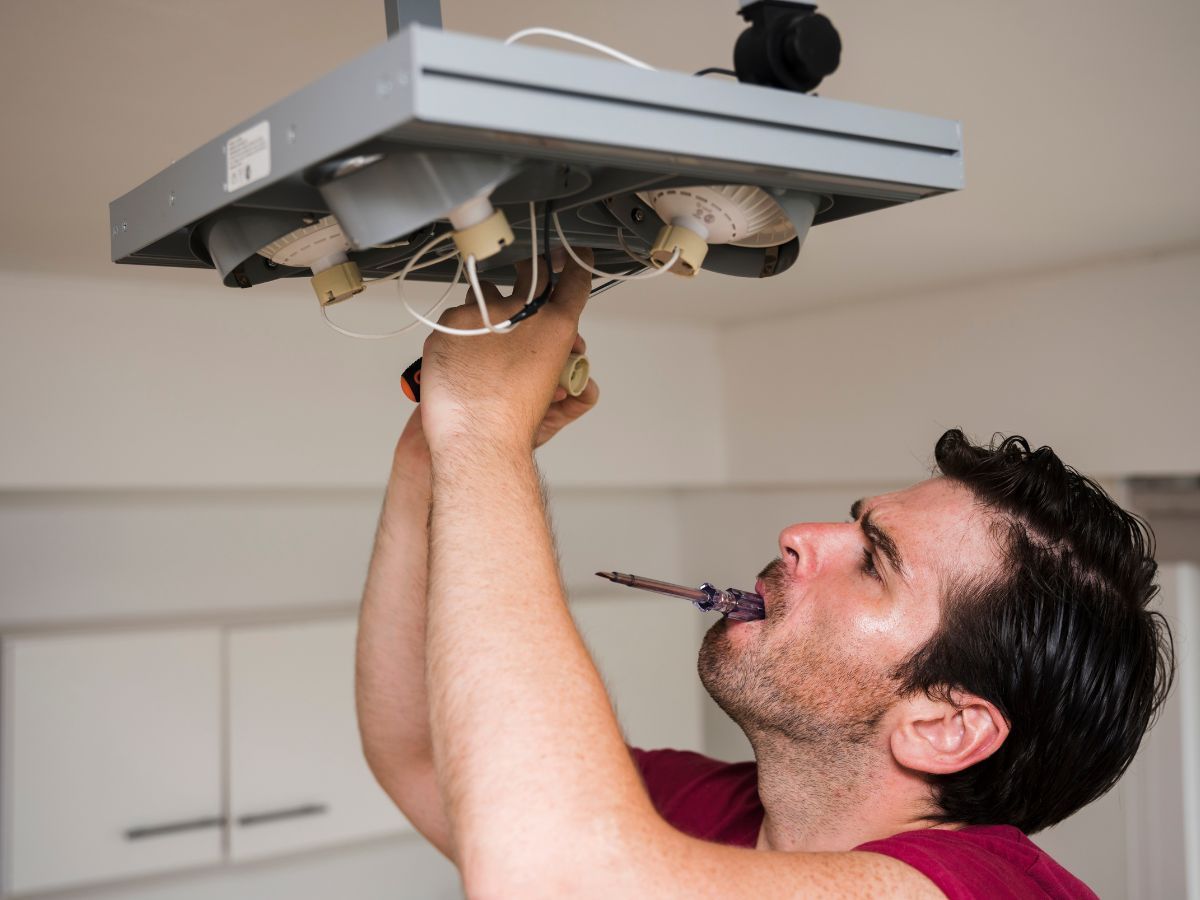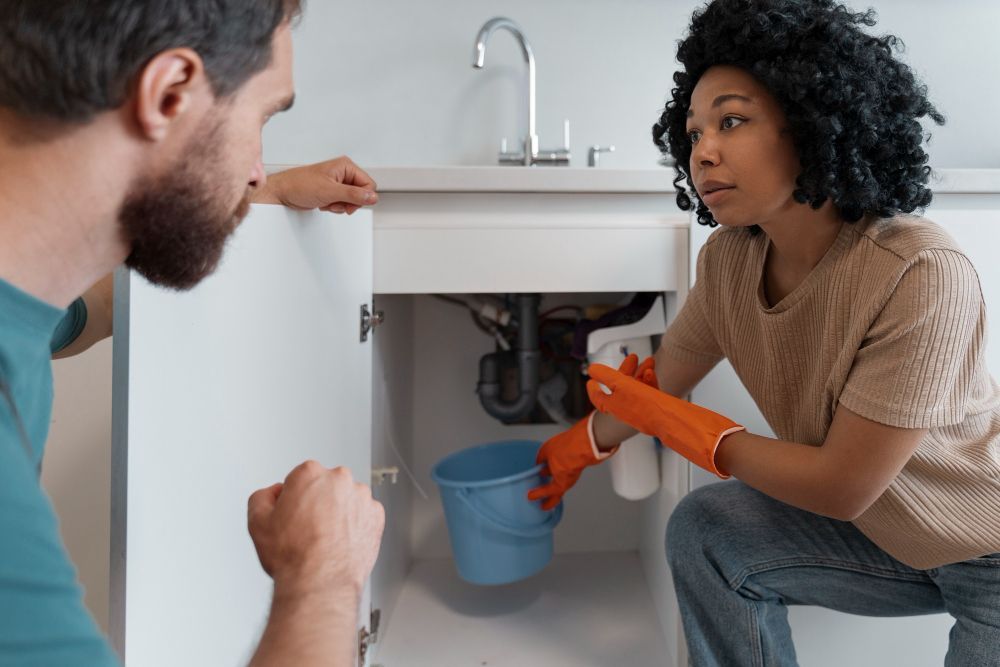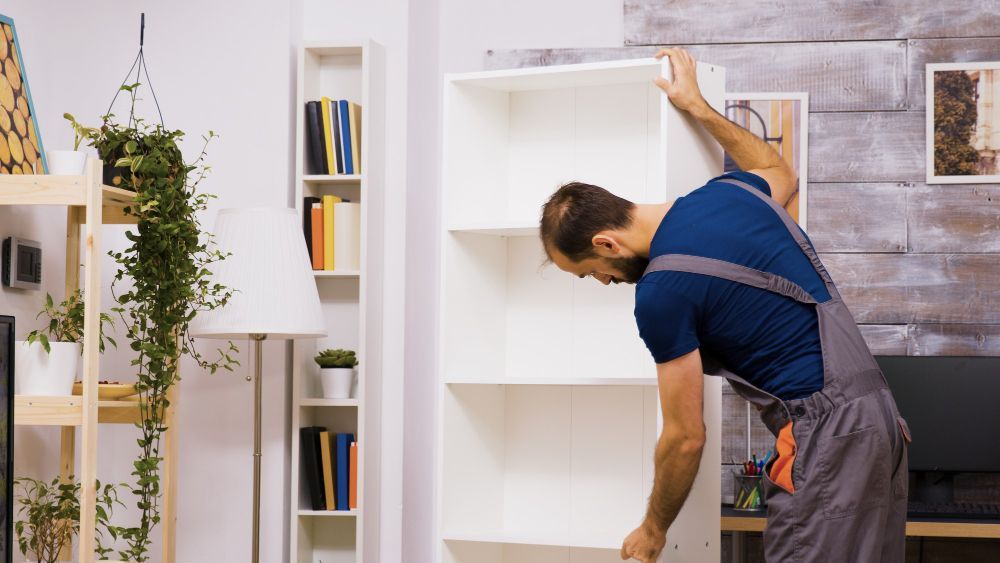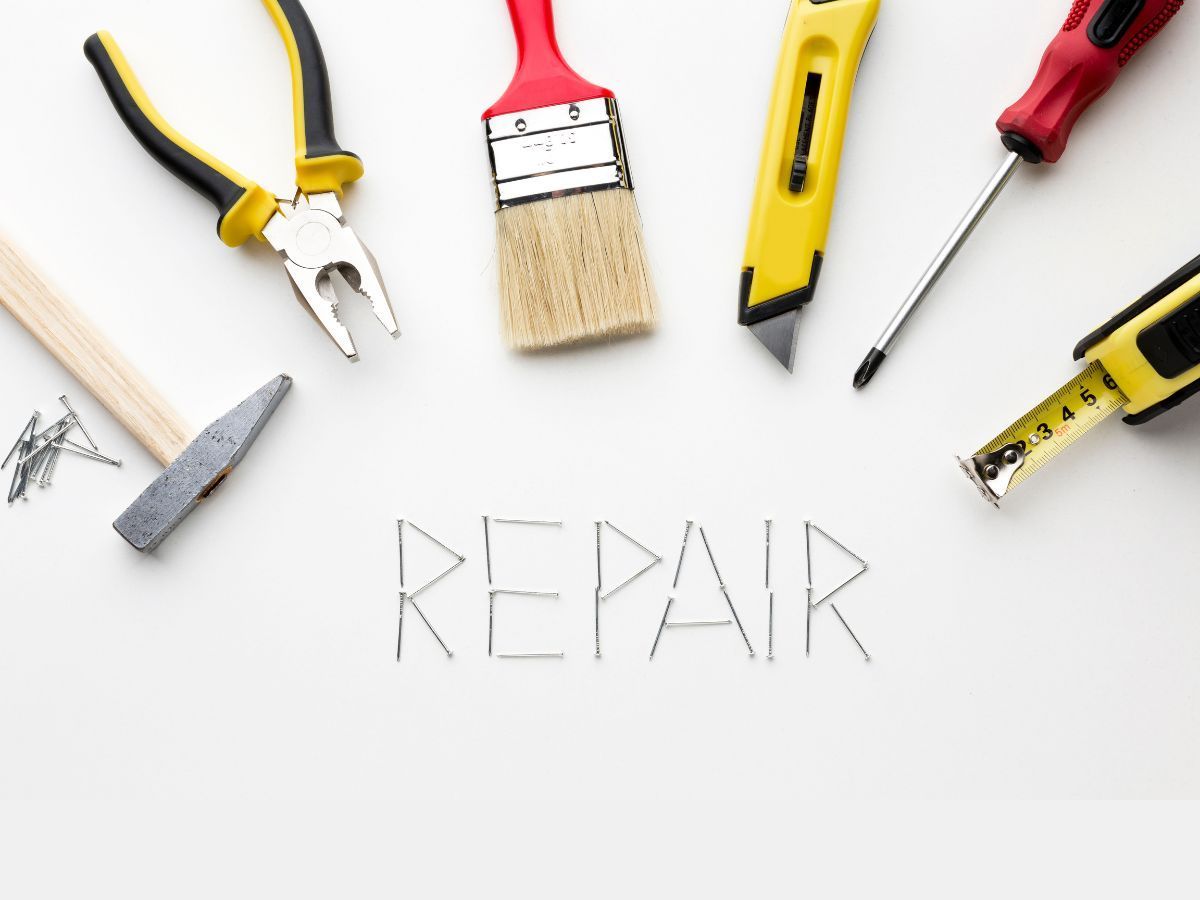Step-by-Step Guide to Installing Electrical Outlets Safely at Home
Installing electrical outlets is a common home improvement task that many homeowners attempt. Whether you're upgrading your current outlets, adding new ones, or installing outlets in pre-fabricated structures, it's important to approach the task with caution and follow the proper safety procedures. In this step-by-step guide, we'll walk you through how to safely install electrical outlets at home, ensuring your installation is both functional and up to code.
Why Installing Outlets Safely Matters
When it comes to installing electrical outlets, safety should always be your top priority. Improper installation can lead to electrical hazards, such as short circuits, electrical fires, or damage to appliances. Additionally, most regions have strict codes that govern electrical work in residential properties, so it’s important to ensure you’re following these guidelines to avoid fines or insurance issues.
One of the easiest ways to ensure safety while Installing Pre Fabricated Structures is to turn off the power at the breaker box before you start. If you're installing electrical outlets in pre-fabricated structures, be sure to follow the manufacturer’s guidelines as well to avoid damaging any components.
Tools and Materials Needed for Installing Electrical Outlets
Before beginning the installation process, gather the following tools and materials:
- Screwdrivers (flathead and Phillips)
- Wire stripper
- Electrical outlet box
- New outlets
- Electrical tape
- Voltage tester
- Wire nuts
- Electrical cable
- Drill and drill bits (if needed)
Step 1: Turn Off Power and Remove Old Outlets
The first step in installing electrical outlets is to ensure the power is turned off to the circuit. Go to your breaker box and turn off the power to the room or area where you’ll be working. Use a voltage tester to confirm there’s no live electricity in the existing outlets.
Next, if you're replacing old outlets, use a screwdriver to remove the outlet cover and unscrew the outlet itself from the wall. Take note of how the wires are connected to the old outlet, as you’ll need to replicate this connection with the new one. In some cases, you may be installing electrical outlets in pre-fabricated structures that already have some of the electrical work completed. In such cases, follow the manufacturer’s instructions to avoid damaging any built-in components.
Step 2: Prepare the New Outlet and Wires
Once the power is off and the old outlet is removed, it's time to prepare the new outlet. Strip about ¾ inch of insulation from the ends of each wire using a wire stripper. You’ll typically find three wires in your outlet box: a hot (black), neutral (white), and ground (green or bare copper).
Step 3: Install the New Outlet
Now it’s time to install the new outlet. Start by connecting the wires to the corresponding screws on the outlet. Once all the wires are securely attached, gently push the outlet into the box, ensuring that the wires aren’t pinched. Secure the outlet to the electrical box by tightening the screws.
Step 4: Test the Outlet
Before you finish up, it’s essential to test the new outlet. Go back to your breaker box and restore power to the circuit. Plug in a simple device, like a lamp or phone charger, and check if it’s working properly. If there’s no power, you may need to recheck your wiring to ensure all connections are correct.
Step 5: Final Inspection
Finally, ensure that everything is securely in place. Inspect the installation for any loose screws or wiring, and check that the outlet cover is firmly attached. If you're working with Installing Pre Fabricated Structures, follow any additional instructions from the manufacturer to ensure the installation is done correctly.
Conclusion
Installing electrical outlets is a rewarding and straightforward task that can help enhance the functionality of your home. Whether you're upgrading existing outlets or installing new ones in pre-fabricated structures, following the proper safety protocols is key to ensuring your installation is both safe and effective.

